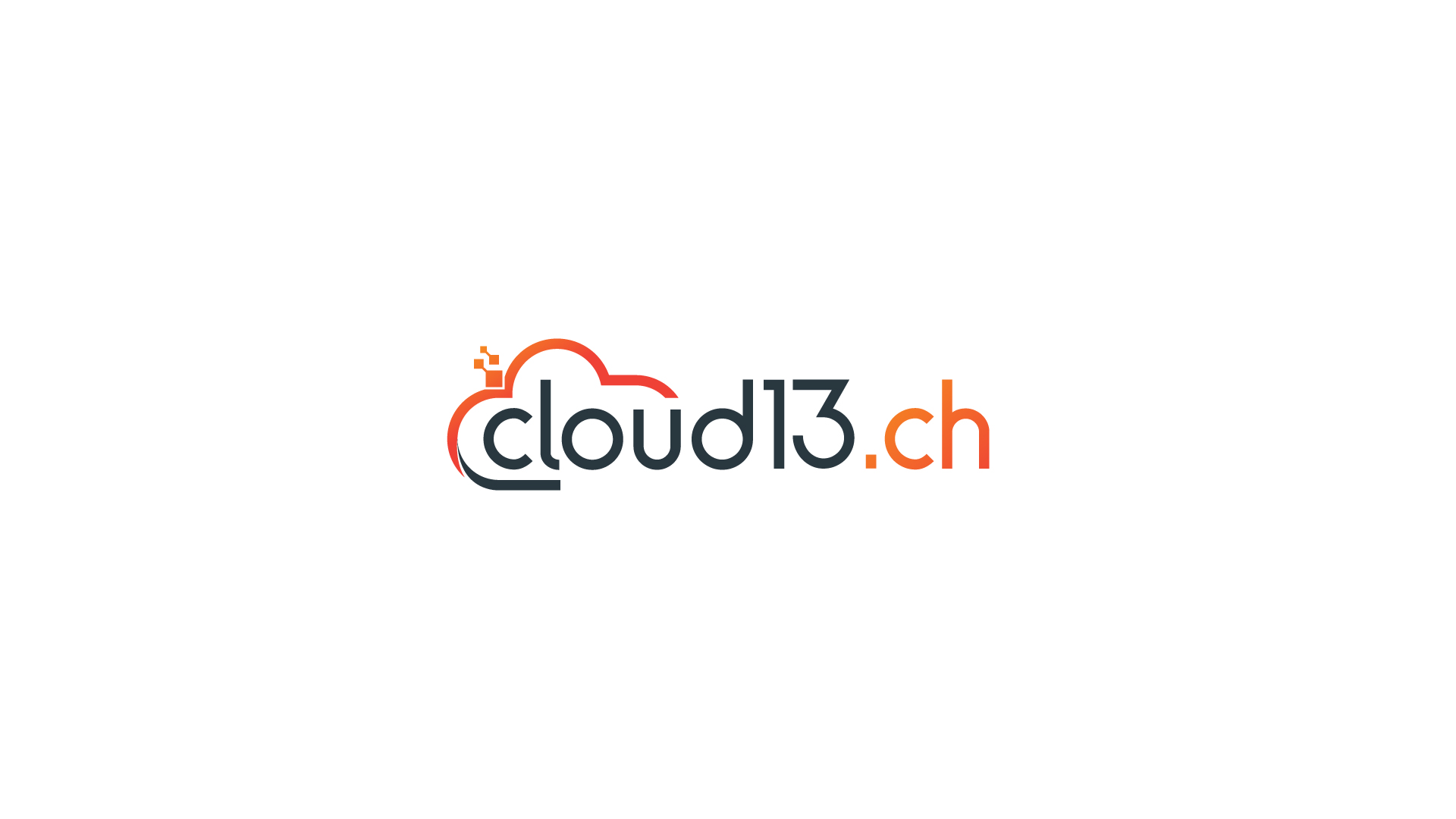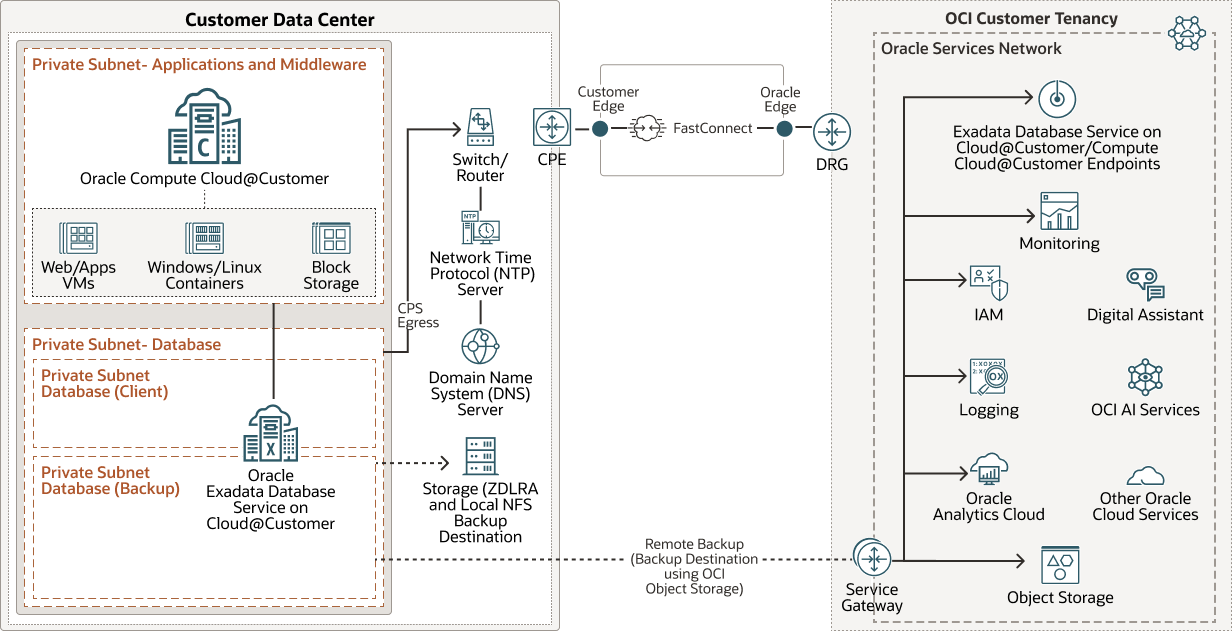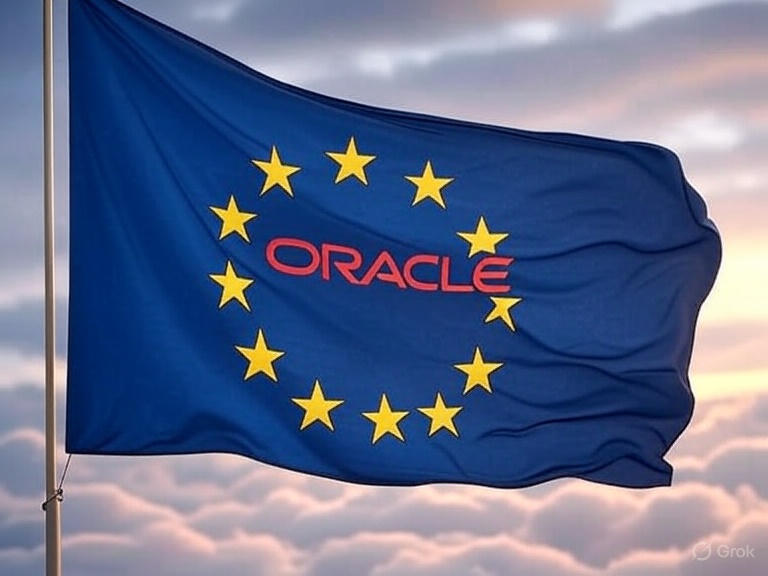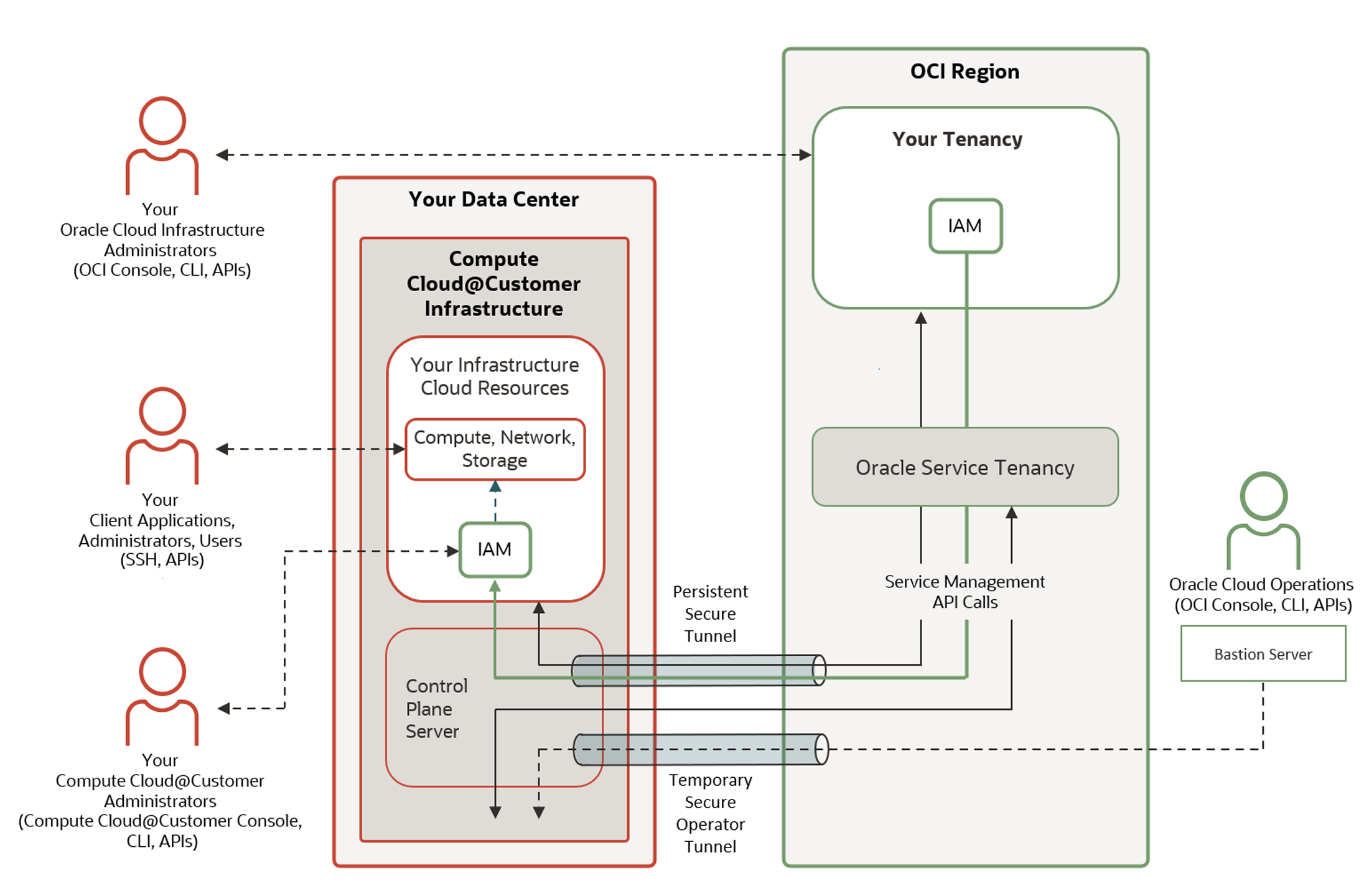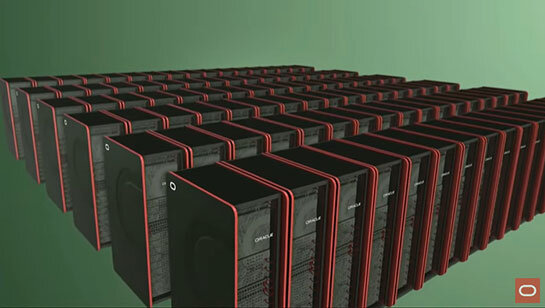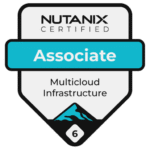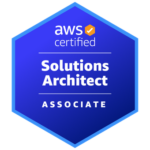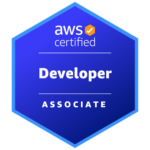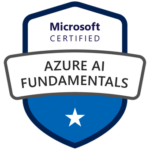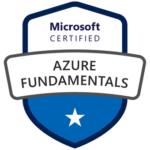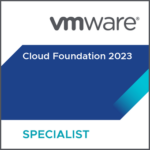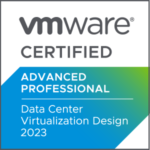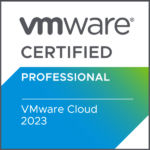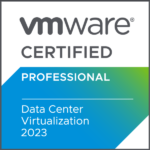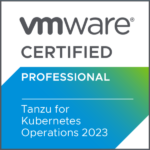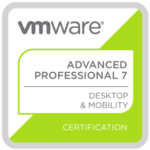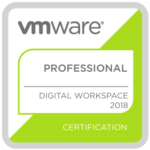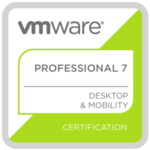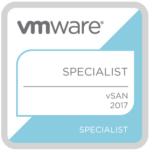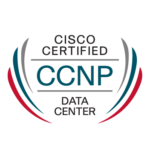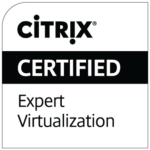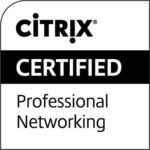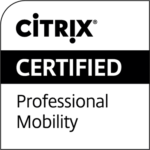
Oracle Compute Cloud@Customer Isolated – Sovereign Public Sector Hosting for Oracle Partners
Across Europe, public sector organisations are under increasing pressure to modernise their IT environments while maintaining full control over data, infrastructure, and operations. This is where Oracle partners can step in. With Oracle Compute Cloud@Customer Isolated (C3I), they now have the opportunity to offer sovereign cloud hosting services tailored to the needs of governments and regulated industries.
Oracle’s approach to digital sovereignty is not abstract. It is based on clearly defined principles that are embedded in the platform itself. With C3I, data – whether user data, metadata, or telemetry -remains entirely within the customer’s environment. Nothing is transmitted back to Oracle. The complete OCI control plane runs locally, fully disconnected from Oracle’s global infrastructure. This ensures that compliance requirements can be met without compromise.
Transparency and control are fundamental. There is no ongoing operator access to the system because C3I is an air-gapped, disconnected solution. Once installed, Oracle has no remote access to the environment. The installation and activation – including any expansion, such as GPU or storage racks – is handled on-site by Oracle’s field team. Ongoing operations, monitoring, and support are managed entirely by the hosting service provider (HSP), not by Oracle. Customers define their access policies, manage their own encryption keys, and control every layer of the platform.
Unlike traditional hosted solutions, C3I delivers the full Oracle Cloud Infrastructure (OCI) IaaS portfolio, along with key platform services such as Oracle Kubernetes Engine (OKE), all deployed within the HSP’s own data centre. This empowers Oracle Partners to offer modern, cloud-native infrastructure and container services to public-sector tenants, while keeping everything firmly under local control and governance.
What Makes C3I a Game‑Changer?
Besides OCI Dedicated Region, Alloy, and Oracle Isolated Cloud Region, C3I is Oracle’s most secure and sovereign cloud deployment model. One of the main drivers for adopting Oracle Compute Cloud@Customer Isolated is the need to run classified workloads in fully isolated environments. In this context, governments with strict regulations, ministries of defense, and intelligence services represent the key targeted customers.
What sets C3I apart is that its architecture is the entire control plane, the brain of OCI, is deployed inside the partner’s (or customer’s) premises. Again, there is no connection to Oracle’s public cloud regions, no shared management layer, and no external operator access. Once the system is installed, Oracle no longer has access. There is no remote telemetry, no persistent administrator credentials, and no automated updates. Every action, including patching, must be initiated and approved by the partner’s operators.
Despite its strict isolation, C3I delivers the same developer experience as the public cloud. Users can work with the same APIs, tools, and automation workflows. All core OCI services are available, from compute and storage to networking and IAM. This makes it possible to run modern applications, automate deployments, and enforce security policies. Just like in the public cloud, but with full control.
For Oracle partners, this opens new doors.
Hosting Multiple Tenants with IAM and Compartment Isolation
To serve multiple tenants on shared C3I infrastructure, Oracle relies on the strength of its Identity and Access Management (IAM) framework. Each tenant is hosted in a dedicated compartment, which acts as a logical and administrative boundary. Resources are isolated, policies are scoped, and access is strictly defined. IAM ensures that each tenant sees only what they are supposed to see and nothing more.
With compartments, policies, and groups, providers can implement fine-grained access control while still maintaining a clear operational model.

On the networking side, Virtual Cloud Networks (VCNs) are provisioned per tenant. If connectivity is required between VCNs – let’s say, for shared services or for intercommunication – Dynamic Routing Gateways (DRGs) are used to establish secure and controlled interconnections. This approach allows for scalable, tenant-aware architectures without compromising performance or sovereignty.
C3I is Ready for AI – GPU Expansion Racks
C3I is not just built for traditional workloads. It is also designed to support next-generation applications, including those that require hardware acceleration. Currently, through dedicated GPU expansion racks, Oracle partners can add up to 48 NVIDIA L40S GPUs to a single C3I deployment. These GPUs are integrated into the system’s high-speed network and storage architecture, making them available to tenants just like any other OCI resource.
This capability allows Hosting Service Providers to offer GPU-as-a-Service directly to public-sector clients – ideal for AI, ML, and data analytics workloads that must remain within national borders. All resources are managed through the same local OCI control plane, keeping everything under the same compliance and operational framework.
The sensitive nature of government data demands absolute sovereignty. With Oracle C3I, sovereign AI becomes a reality.
Red Hat OpenShift Support
For Oracle Partners hosting public sector tenants on C3I, delivering enterprise-grade container platforms is critical. That’s why C3I fully supports Red Hat OpenShift, enabling end-customers to run their containerized workloads with confidence and flexibility.
OpenShift brings a comprehensive Kubernetes-based platform with advanced features like developer tools, integrated CI/CD pipelines, and robust security controls. By running OpenShift on C3I, customers benefit from a sovereign, isolated environment that meets strict regulatory demands, while leveraging the rich ecosystem and productivity of Red Hat’s market-leading container platform.
A Sovereign Platform That Grows With You
C3I starts with a strong baseline: 552 cores, 6.7 TB of RAM, and 150 TB of storage. But it doesn’t stop there. The platform can scale to 6’072 cores, 73.7 TB of memory, 3.65 Petabytes of high-capacity storage, and 1.2 Petabytes of high-performance storage.
Unlocking a New Business Model for Oracle Partners
For Oracle Partners, C3I creates a new type of service opportunity. Instead of simply reselling cloud subscriptions, they can operate a sovereign cloud environment, offering secure, isolated, and scalable hosting to public sector clients. It is a cloud environment you can trust, built for those who need to guarantee data residency and operational autonomy.
With C3I, Oracle provides the tools. Now it is time for partners to build the services.
